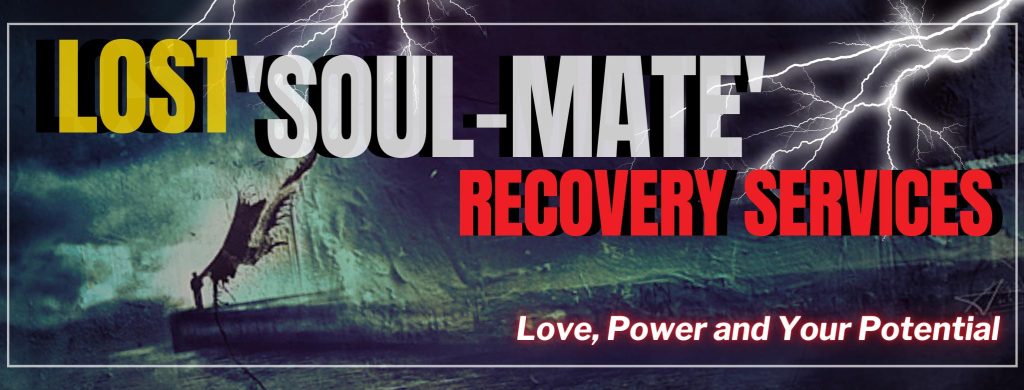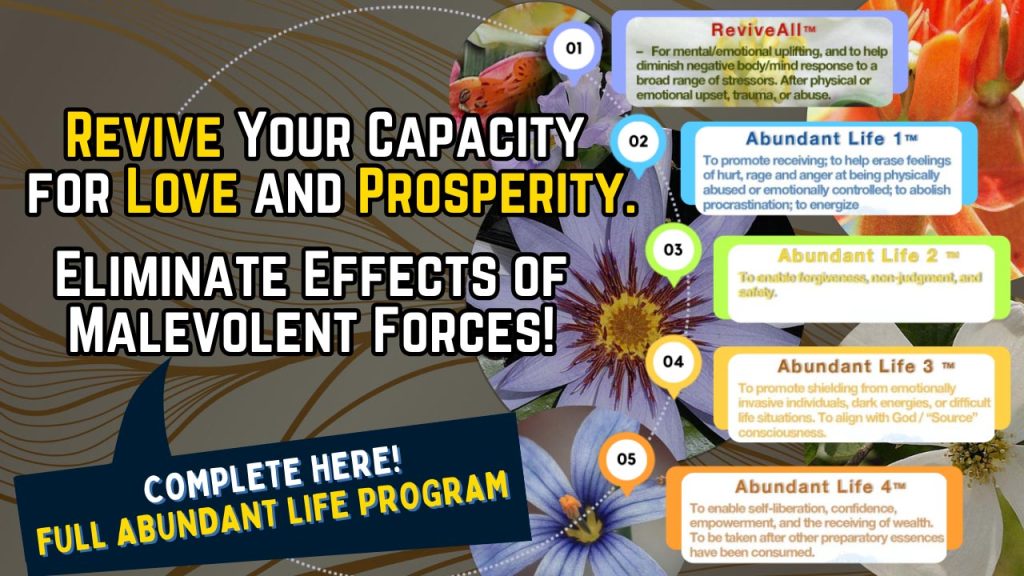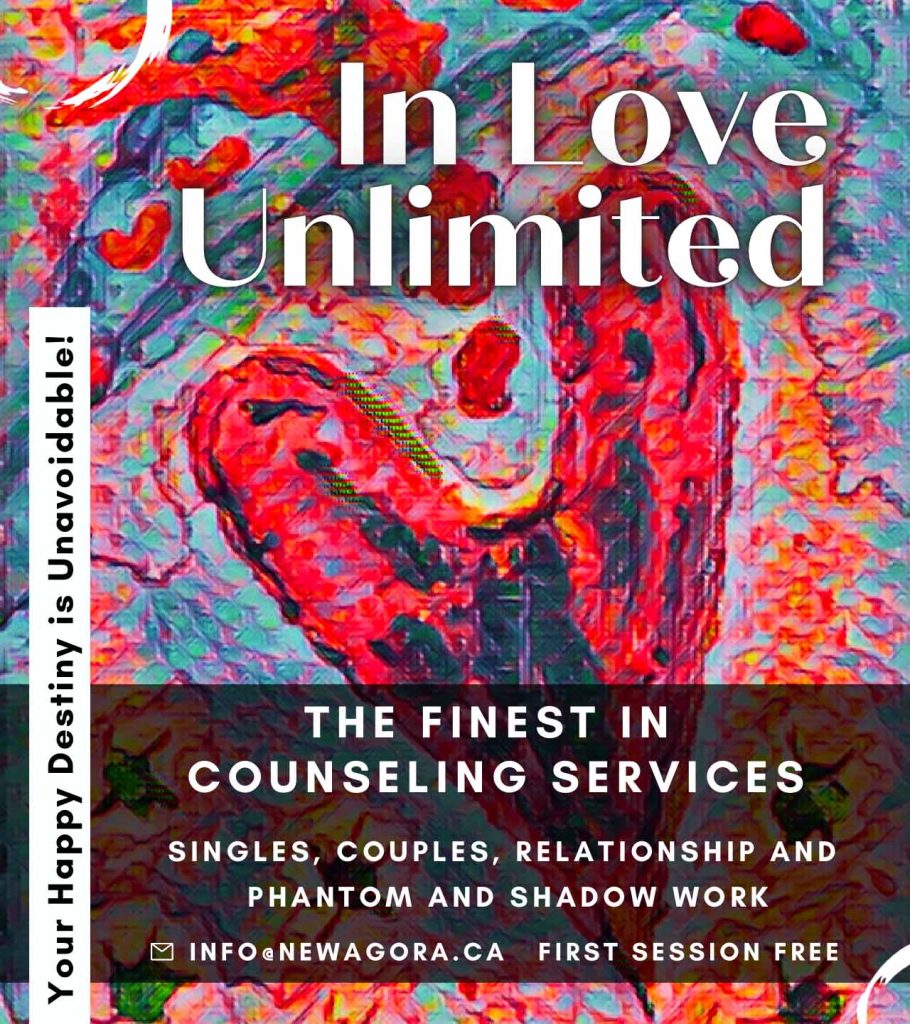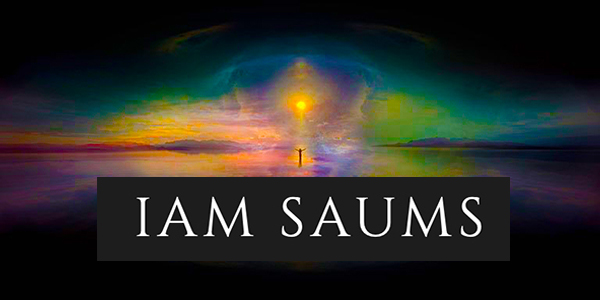Quantum Self: The Psychology of The Many Worlds Theory
By Gary Z McGee
“Understand how great is the darkness in which we grope, and never forget the natural-science assumptions with which we started are provisional and revisable things” ~William James
Imagine you are the universe, and the universe is you. Feel it: the raw stardust in your bones, the ancient heat in your blood, the infinite interconnectedness of all things in your gut. Allow the fresh intensity of the moment to transcend all moments from quantum singularity to singular perception.
Looking back, the story of you is thermodynamically layered through the push-and-pull of entropy. You’ve ascended an infinite staircase. One in which began with a singularity, and only now seems to end in a singular perception of it all.
But what if this singular perception is the illusion? What if the billions upon billions of singular perceptions—including those of other humans and animals and even insects—is but only a smaller infinity hidden within a greater infinity? What if it is less true that you are a finite being experiencing the infinite universe, and more true that you are the infinite universe experiencing itself in a finite way?
Governing this precept, the story you’ve been telling yourself is mostly fictional. It’s a multifaceted cake of hyper-delusion. Your “Self” is more multilayered masks than it is a monumental identity. Though you would probably rather the latter were true, the former is closer to the truth.
But the beauty of this is that when you embrace your multifaceted self, you get closer to connecting with the interconnected cosmos and the ever-changing, never-permanent universe itself becomes your monumental identity. You are the multiverse.
Caveat Lector (reader beware): high probability of brain pretzel ahead…
The Many Worlds Theory:
“Applying the uncertainty principle to the universe naturally leads to a multiverse” ~Michio Kaku
One way to trick yourself into perceiving reality through this kind of metaparadigm is to use Hugh Everett’s Many Worlds Interpretation of the quantum enigma. Everett came up with the idea in the 1950’s to allow cosmology to treat a wavefunction for the universe.
Many Worlds explains how an observer paradoxically creates finite substates (a universe) by simply observing the infinite reality he is immersed in. These substates are the “perceptual” reality of the collapsed wavefunction, while the unobserved (un-collapsed wavefunction) infinite reality is the “actual” Reality with a capital R.
The unobserved reality is an infinitely smeared-out wavefunction with only probable collapsibility. Whereas the observed reality is a wavefunction that has already collapsed into the perceptual reality of photons and protons and neutrons and gravity of our universe.
We can all agree on the physics of the observed reality. Whereas the physics of the unobserved reality does not exist until somehow observed. What creates the multiverse is that every possible outcome of a quantum event exists in its own universe.
The Many Worlds is the Capital-R Reality which consists of all realities, whether observed (collapsed wavefunction) or not (infinite wavefunction). The multiverse consists of all observed realities, whether they are observed by us, by different “versions” of us, or by something else.
All possible outcomes of any given state or instance from the big bang to the present moment exists somehow in its own universe. There are infinite universes branching from an infinite array of states and instances. This is the Many Worlds interpretation of the quantum enigma.
For example: We can both agree that there is an apple on the table. We can both agree how it got there, how it was grown from a tree, how the tree was grown, how time and evolution created that particular tree, and how the earth at some point in our history created an environment that could begin the evolution that led up to that tree.
But what we cannot agree on are the infinite realities where the earth never reached the point of an environment that could sustain life, let alone the tree. Or the infinite realities where apple trees don’t exist. Or the infinite realities where I ate the apple before you showed up.
All realities where the earth didn’t evolve to sustain life fall into the Cantorian Null Set relative to a living earth. All realities where the apple tree never existed fall into the Null Set relative to apple trees. All realities where I ate the apple before you showed up fall into the null set relative to your observation of the apple on the table.
But those “realities” are “elsewhere” in the multiverse. This reality, the reality where we can both agree that there is an apple on the table, is our shared perceptual reality.
The amazing thing about this interpretation is that it creates a kind of Super Anthropic Principle, where our reality exists with us in it because it just so happens to not fall into the null set of infinite realities where we do not exist.
Life, Death, and the Super Anthropic Principle:
“If you reject the infinite, you are stuck with the finite, and the finite is parochial… the best explanation of anything eventually involves universality, and therefore infinity. The reach of explanations cannot be limited by fiat.” ~David Deutsch
Back to that apple on the table. You perceive me cut the apple in two. But I could have just as easily cut the apple in four. Governing the precept of the Many Worlds theory, there are infinite realities where I cut the apple in two (one of which we both observe), and there are infinite realities where I cut the apple in four (or eight, or sixteen, or not at all, or I ate it, or you ate it, ad infinitum).
In the reality where I cut it in four, we argue the possibility of a reality existing where I cut it in two, and vice versa. But all the realities where I cut it in two falls into the null set relative to the reality where I cut it in four, and vice versa.
Now, let’s take this to the next level: life and death.
Imagine I’ve just cut the apple in two and we’re chewing away on our half apple, and suddenly I’m shot through the head by a sniper on a roof four hundred yards away. Boom! I’m dead.
At least “perceptually” I’m dead. You perceive my head explode and then freak out. I perceive my head explode and then nothingness. The sniper perceives my head explode and then pumps his fist because he just took out the infamous Gary Z McGee. We all agree on this perceived reality where I am dead.
But what about the infinite realities where I ducked, or slipped, or the sniper missed and hit the apple, or worse, hit you? What about those realities? Those realities fall into the null set relative to our shared, agreed-upon, perceived reality where I’m dead. You call 911, mourn my loss, and eventually move on with your life. The sniper celebrates, gets promoted, and eventually moves on with his life.
But what about me? I’m dead. Right? Not so fast.
The only realities where I can perceive anything, are the realities where I’m alive. So relative to me the reality where I got my head blown off falls into the null set relative to my being alive. The infinite realities where I’m dead simply “peel off” from the realities where I’m alive. They don’t matter to me. They are null. Since I don’t exist there to perceive anything at all.
Just as all the infinite realities where I was never born, or died at childbirth, or died in a car wreck when I was sixteen, all fall into the null set relative to realities where I actually exist.
The only realities that matter are the realties where I exist to perceive them. The same goes for you. The same goes for your neighbor. The same goes for your dog, or even a mosquito.
Death only exists as a null set to the one experiencing their own death. So really, actually, death doesn’t exist. It only perceptually exists. Boom! How’s that for a thought experiment?
You are the universe perceiving itself:
“What you do is what the whole universe is doing at the place you call the here and now. You are something the whole universe is doing in the same way that the wave is something that the whole ocean is doing. The real you is not a puppet which life pushes around. The real deep-down you is the whole universe.” ~Allan Watt
So what does this mean? Well, it doesn’t “mean” anything. The universe is still meaningless. It’s just infinitely meaningless. It’s up to us individually to inject meaning into it despite its meaninglessness.
Quantum theory can help us create meaning by showing us how everything is in superposition with everything else through the collapsing infinite wavefunction of capital-R Reality. Everything is in superposition with everything else despite our perceptions showing otherwise.
Perceptually, you are just you; actually, you are the universe. Perceptually, you just cut the apple in two; actually, there are infinite realities where you cut it in four or five or not at all. Perceptually, your grandmother just died of a heart attack; actually, there’s infinite realities where she survived it or died of cancer or cured cancer.
What matters is perception (the collapsed wavefunction), but what’s “actually happening” is infinity (the infinite wavefunction) branching off infinity, infinitely. Infinity doesn’t matter to a being who perceives an infinite reality through finite faculties. But that doesn’t get us off the hook of infinity. We’re always on the hook.
Perceptually, an infinite circle is a straight line. Actually, an infinite circle is the capital-R Reality eating itself forever. Metaphysically, you are the infinite circle.
Image source:
About the Author:
Gary Z McGee, a former Navy Intelligence Specialist turned philosopher, is the author of Birthday Suit of God and The Looking Glass Man. His works are inspired by the great philosophers of the ages and his wide-awake view of the modern world.
This article (Quantum Self: The Psychology of The Many Worlds Theory) was originally created and published by Self-inflicted Philosophy and is printed here under a Creative Commons license with attribution to Gary Z McGee and self-inflictedphilosophy.com. It may be re-posted freely with proper attribution, author bio, and this statement of copyright.




















